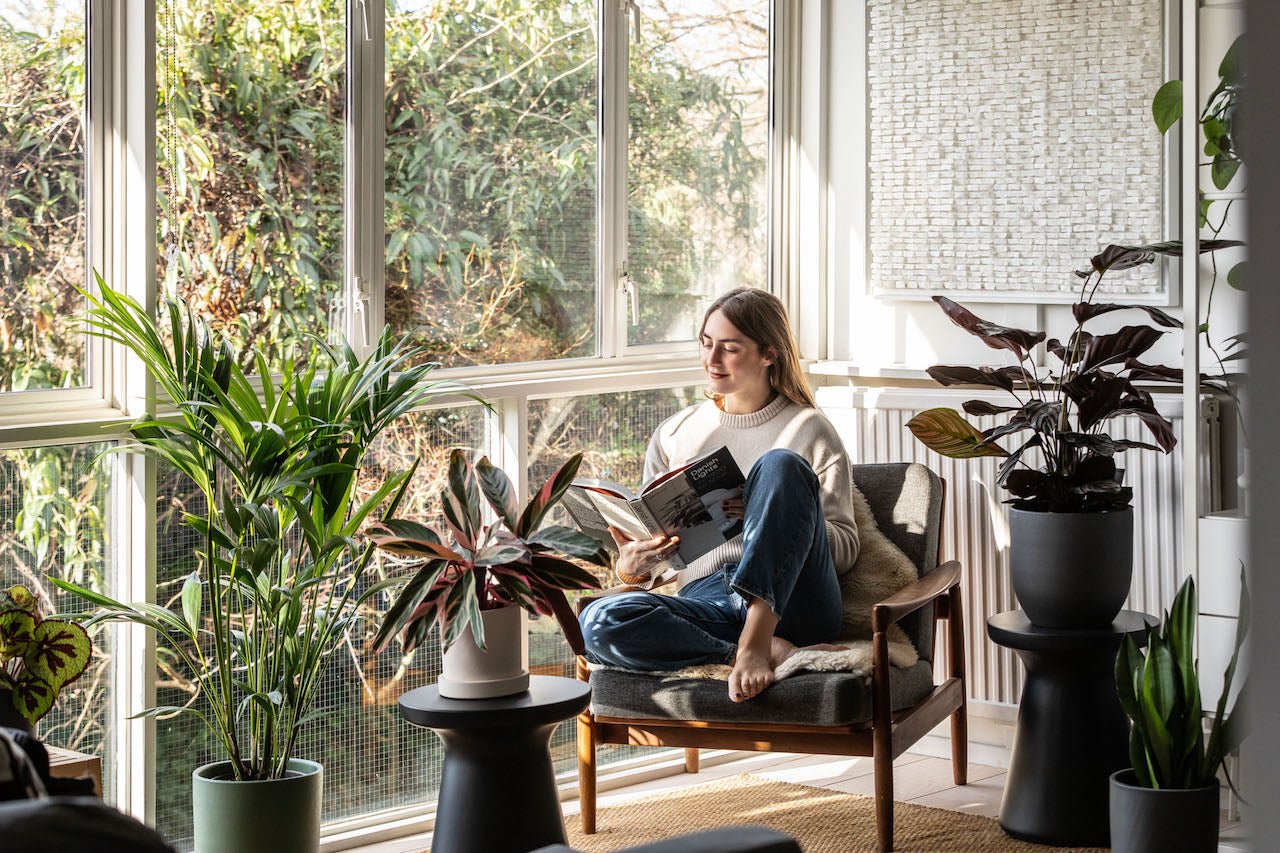
What is Biophilic Design? An interior design trend here to stay
Did you know we spend on average 90% of our time indoors? As we bring in the new year, we reflect on how important being "at one" with nature indoors is to our health and wellbeing, with a focus on biophilic design. The concept of biophilic design is rooted in human nature and our need to reconnect with nature indoors to live a healthier, happier life. Biophilic design has 6 key elements, which we breakdown here for you to adopt in your home interior style.
